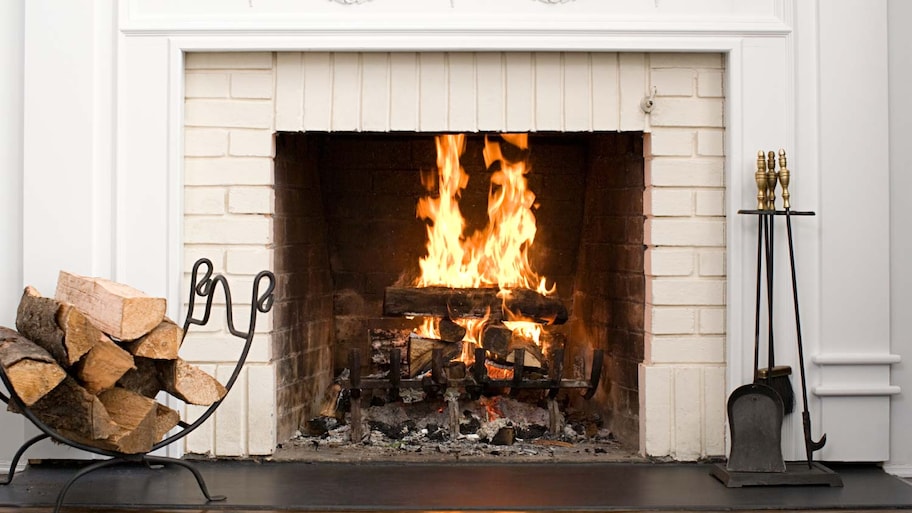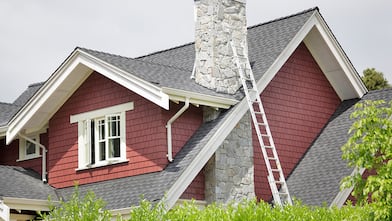These 12 terms components make up the core of the chimney anatomy
Your chimney serves as the main ventilation point for your cozy fireplace or your furnace. The chimney has several different parts to keep the air flowing correctly, keep animals out, or even catch any dust and ash that falls from your heater or fireplace. However, you’ll want to hire a local chimney repair company annually to ensure your chimney’s parts are clean as a whistle and in working order at all times.
1. Appliance Connectors
This piece connects a furnace or water heater to the chimney to create the ventilation system. Whether your home has a separate chimney or a connected one will come down to individual floor plans.
2. Ash Dump
If your chimney connects to a wood-burning fireplace, all that ash from burning the firewood needs to go somewhere. The ash then falls into the ash dump to collect. Ideally, you’ll want to empty this area several hours after the last ember dies down to ensure the ashes are no longer hot.
Non-combustible materials must comprise ash dumps to ensure there’s no chance of this area igniting from ash. Always try to handle this area with care and never directly touch the ash.
3. Ash Dump Door
This is the door to the ash dump. The door itself must seal to ensure the hot ash doesn’t leak into the rest of your home. It also helps to prevent excess heat from the ash from escaping into your house.
4. Brick and Mortar
On the exterior, brick and mortar commonly connect chimneys to a fireplace. Brick and mortar is an excellent material for fires, as they can withstand high heat without catching fire.
5. Chimney Cap
A chimney cap prevents water, ice, and debris from blowing into your chimney. That way, you can still have a roaring fire going even when it’s snowing or pouring rain. If you notice your chimney cap is missing, you should aim to replace it ASAP to avoid anything coming down the chute.
6. Clean-Out Opening
If debris manages to get past the chimney crown cap and the spark arrestors, the clean-out opening will catch it. The clean-out opening is usually very deep down into the chimney flue and closer to where the fire originates. You should periodically check this portion to ensure everything is clean.
7. Firebox

Fireboxes only apply to chimneys that connect to a fireplace. This is the interior (also brick-and-mortar) portion. Because it’s directly next to the flames, these bricks must have a higher flame resistance.
8. Flashing
The flashing around your chimney is responsible for preventing weather from entering your home. Unlike a chimney cap, which would only prevent things from entering the chimney, flashing prevents ice or rain from entering your attic. If your flashing around the chimney needs repairs, expect to pay around $400 on average.
9. Flue Liner
The chimney flue liner is the main chute leading to outside your home. It remains open, so there’s a constant draft flowing out. This helps carry the gases from a furnace or fireplace out of your home.
10. Spark Arrestor
Spark arrestors act as a second line of defense against Mother Nature. If your chimney crown cap fails, the spark arrestor will catch these items. But since it’s catching rather than preventing them from entering altogether, you’ll need to ensure it’s cleared before installing a new chimney cap.
11. Smoke Chamber
The smoke chamber bridges the gap between the firebox portion of your fireplace into the flue liner of your chimney. Constructed in pyramid shapes, the smoke chamber funnels smoke and gas directly into the flue liner and out of the home.
12. Wythe
Some houses have more than one chimney in them. In this case, a wythe, which is simply an interior masonry wall, helps prevent the heat from building up too much if both chimneys are in use at the same time.





